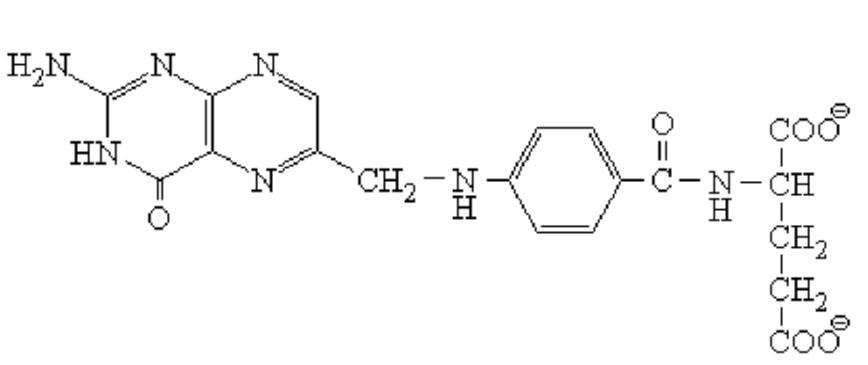#Question id: 28841
#Unit 2. Cellular Organization
The short (∼20 amino acid) C-terminal tails of both α- and β-tubulin that protrude from the microtubule are enriched in which amino acids?
#Question id: 28842
#Unit 2. Cellular Organization
Microtubules can be stabilized by side-binding microtubule associated proteins (MAPs), many MAPs are positively charged and bind to microtubules through____
#Question id: 28843
#Unit 2. Cellular Organization
MAPs are members of the tau family of proteins, which can stabilizes microtubules except,
#Question id: 28844
#Unit 2. Cellular Organization
Which of the following is a key modulator of tau proteins?
#Question id: 28845
#Unit 2. Cellular Organization
The activity of the MAPs is regulated by the___
#Question id: 28846
#Unit 2. Cellular Organization
Which of the following proteins are phosphorylated by a CDK that plays amajor role in controlling the activities of proteins during the cell cycle?

